Last Thursday, an eager audience climbed the stairs to the second floor of the Scandinavia House, located in Volvo Hall on 58 Park Ave., to listen to a discussion about emergency design and natural disaster preparedness.
The symposium, called “Design with Nature,” was hosted by Halla Helgadóttir, the managing director of the Iceland Design and Architecture firm, which was included in the recent event series “Taste of Iceland” — spanning Sept. 5-7 celebrating Icelandic culture in New York City. Helgadóttir facilitated a conversation between head designers from Blue Lagoon Iceland and s.ap arkitektar as well as Parsons School of Design professors Dr. Robert Kirkbride and Yvette Chaparro.
When thinking of Iceland, the geothermal seawater pools known as the Blue Lagoon may come to mind. The natural spa attracts hundreds of thousands of visitors each year. In the symposium’s opening remarks, Lilja D. Alfreðsdóttir — Iceland’s minister of culture and business affairs — pointed out that over 60% of tourists google the Blue Lagoon before visiting Iceland, a country that relies heavily on tourism. A bad day for the lagoon’s business is a bad day for the country’s economy.
Something people might not consider when visiting this natural wonder is a nearby volcano, which was dormant for over 800 years until March 2021. Since resuming activity three years ago, the volcano has imposed a new challenge for safety and business.
Harsh weather conditions are nothing new to Icelanders. “In Iceland we learn to live with nature, not take it for granted, and not fear it,” Sigurður Þorsteinsson said, head of brand, marketing, design, and construction at Blue Lagoon. He spoke on the challenges he and his team have been facing the past few years in dealing with constant volcanic eruptions, “We’d build a road, it would get covered in lava, we’d build it again, it would get covered again,” he joked.
However, the roads were not the only thing endangered, and although Blue Lagoon pride themselves on their safety measures and evacuation procedures, they knew something more had to be done in order to maintain infrastructural integrity and public safety.
The solution came in the form of a wall built around the entire site as an effort to integrate and enhance the existing infrastructure and experience. The protective barrier will be made as environmentally conscious as possible, using materials regionally sourced – “Not taking more than we need,” Þorsteinsson said. He made a closing comment on the use of thoughtful design in challenging circumstances and ever-changing landscapes: “A design intention, or intent is much stronger than a plan,” he said.
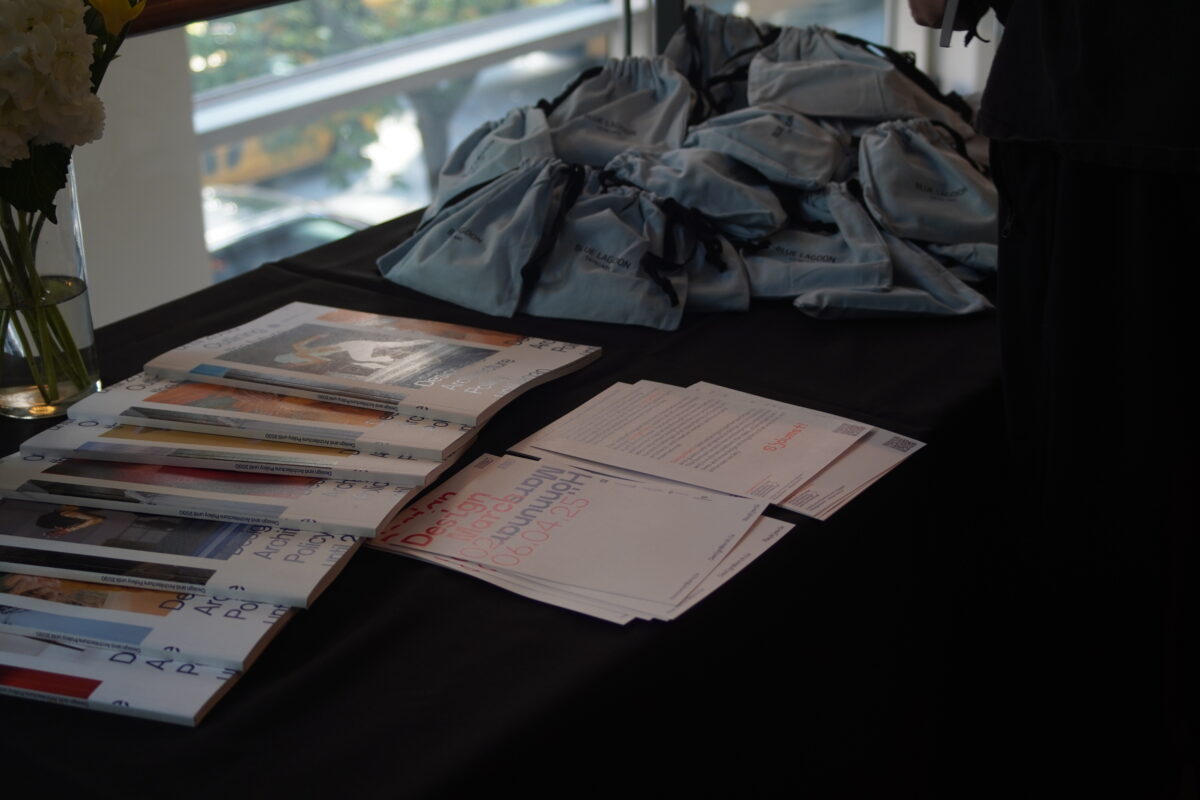
Kirkbride, professor of architecture and product design, and Chaparro, assistant professor of product and industrial design, joined the conversation as local experts on the subject of designing in the face of ever-changing environmental conditions. Together, the professors co-teach a disaster preparedness elective at Parsons about creating design solutions for natural disasters. During the symposium, they presented solutions designed by their students, such as school furniture that can be used daily and repurposed as space dividers in shelters.
Toward the end of the panel, Sigurður had the chance to develop some of his previous comments on how to think about designing in harmony with the environment, while passing on advice to students. “It’s easy to take a picture, but design is not just the aesthetic … of course have a plan, but have flexibility. If you have an open mind and engage with nature, there will be more solutions than you even thought in the first place,” he said.
Kirkbride spoke in alignment with Sigurður’s perspective when talking to the New School Free Press after the symposium ended. “My personal aim is to help people recognize that design is not top down, and an incredibly important tool for the designer is the size of our ears. We need to grow them in order to listen to the communities who experience disaster,” Kirkbride said. “Disaster survivors are the true disaster experts.”

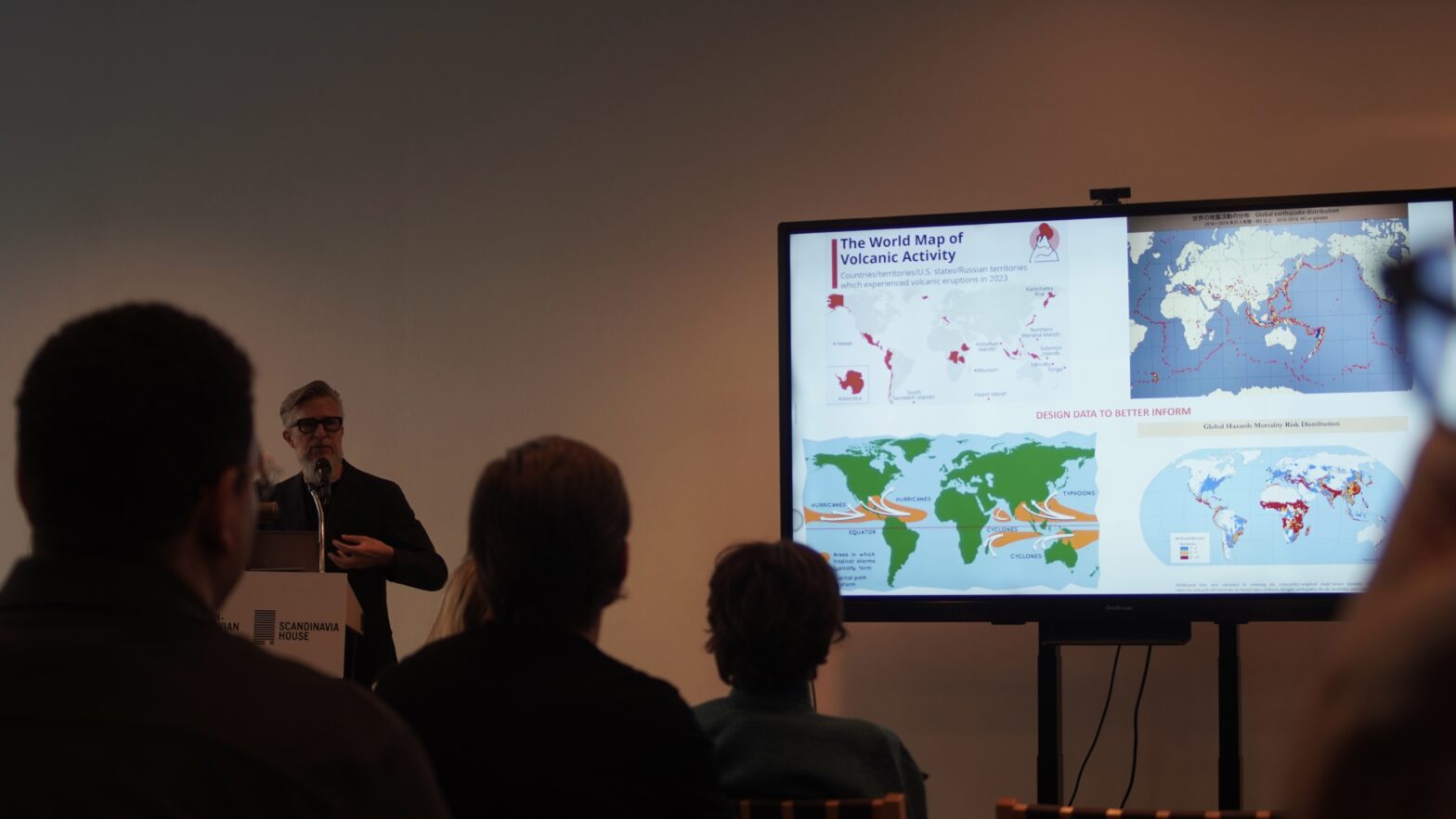
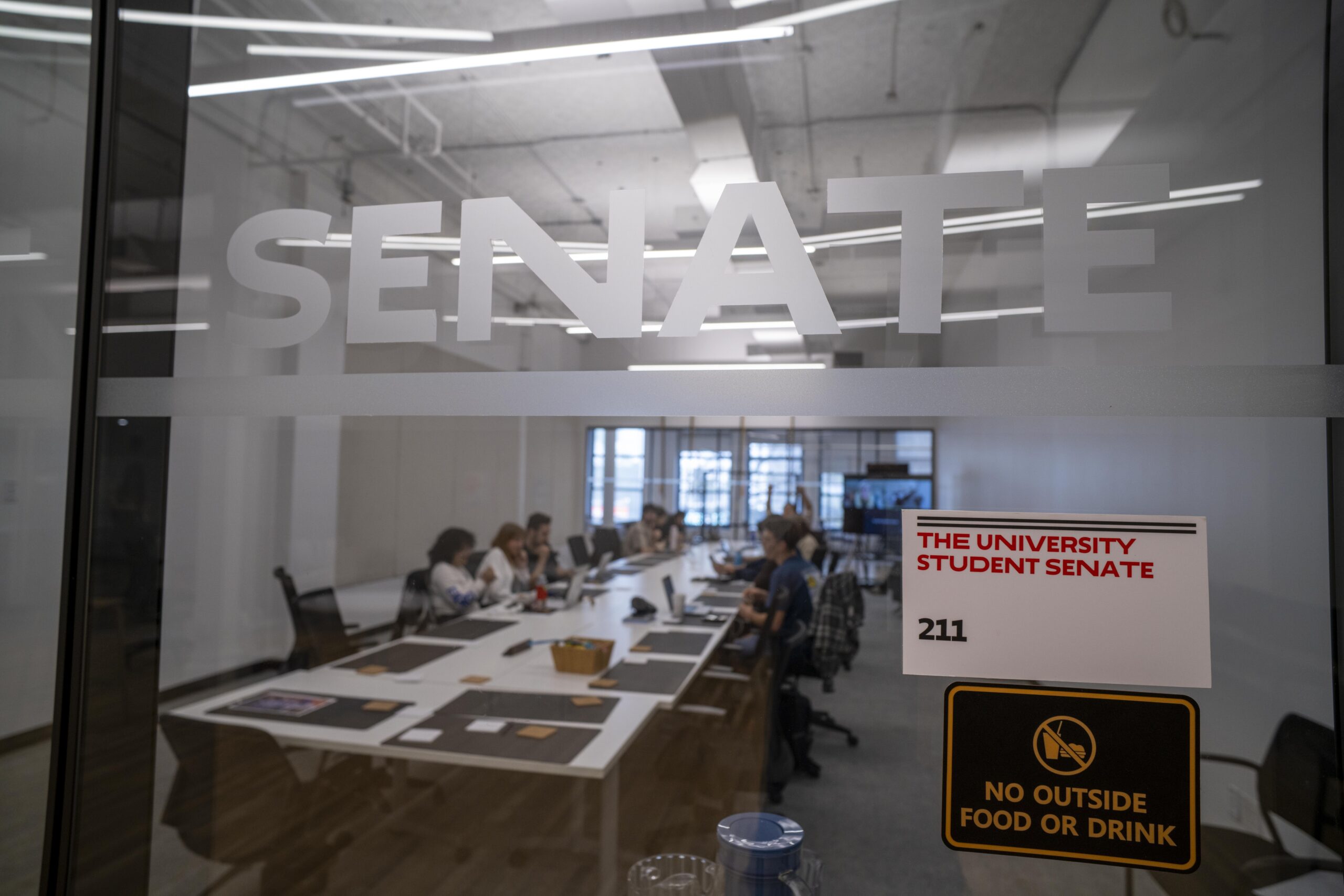

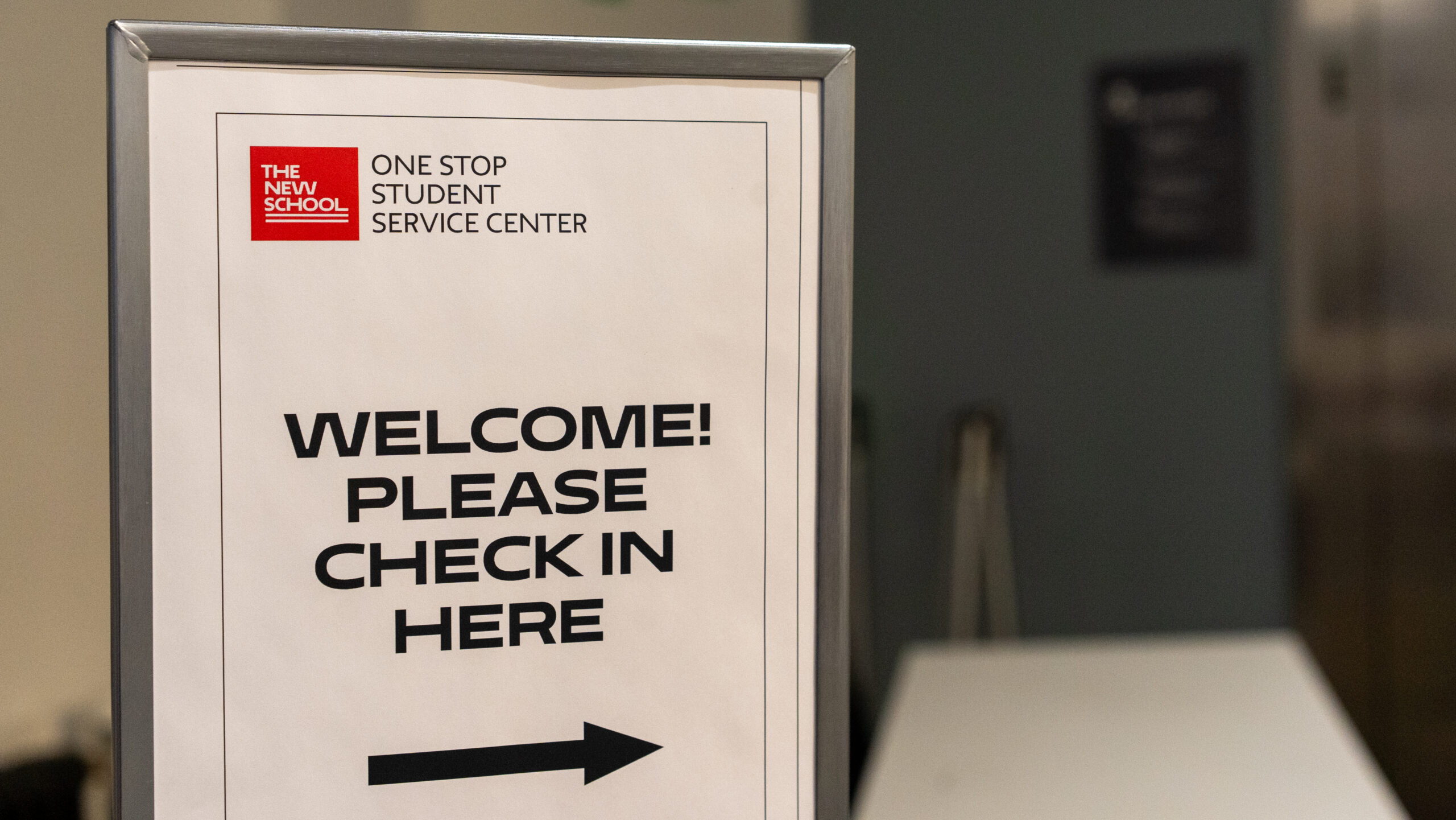
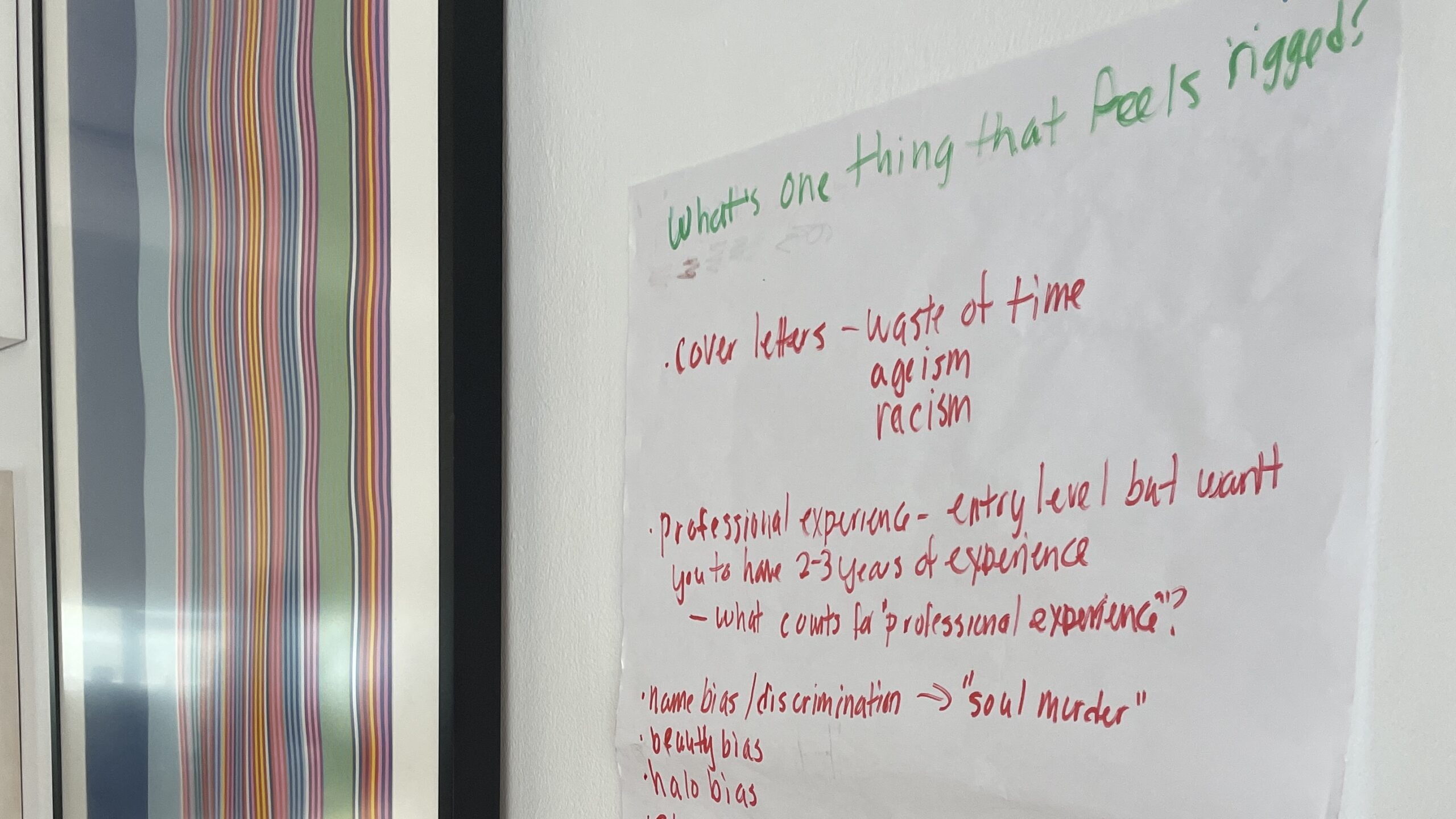
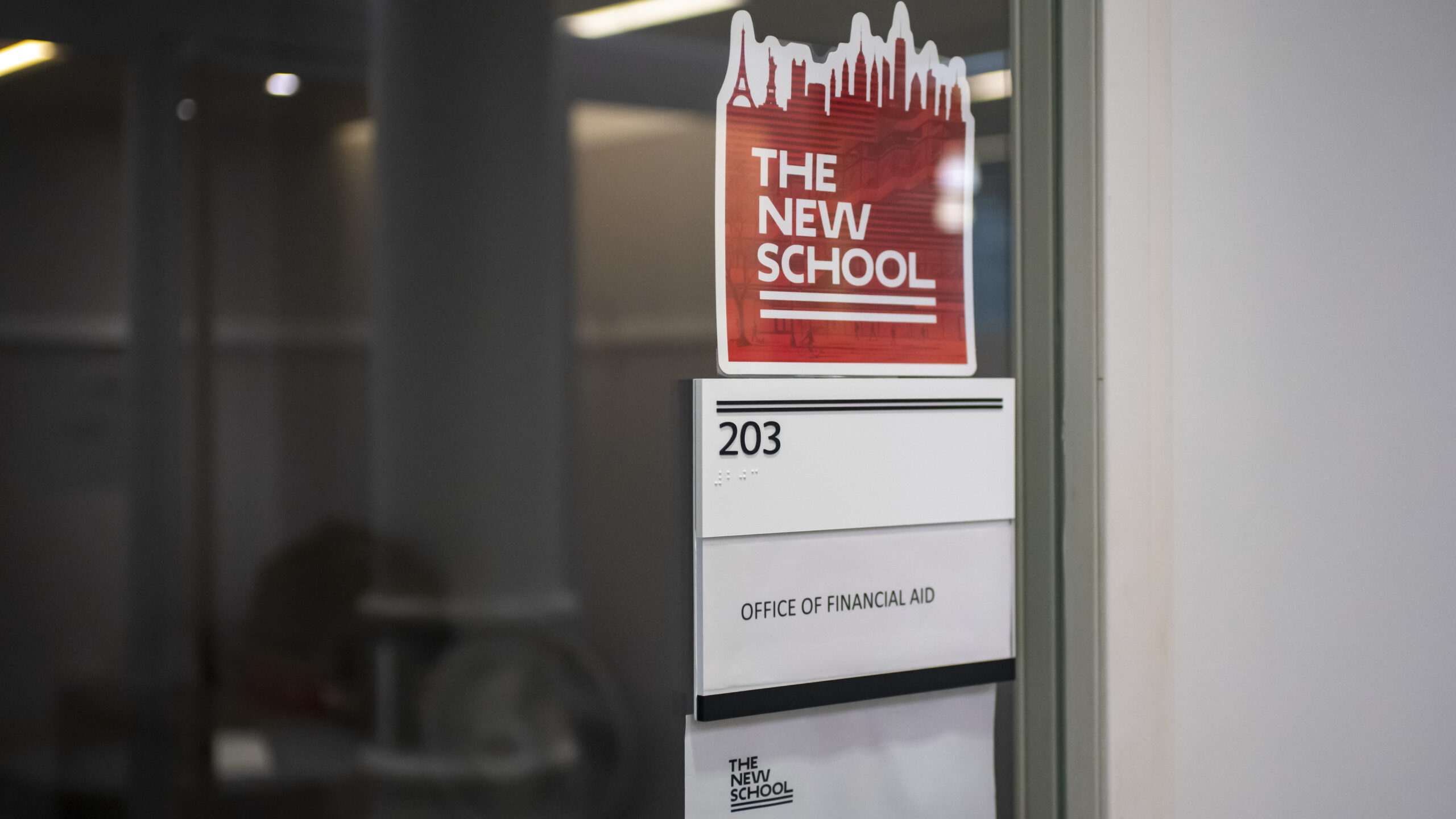
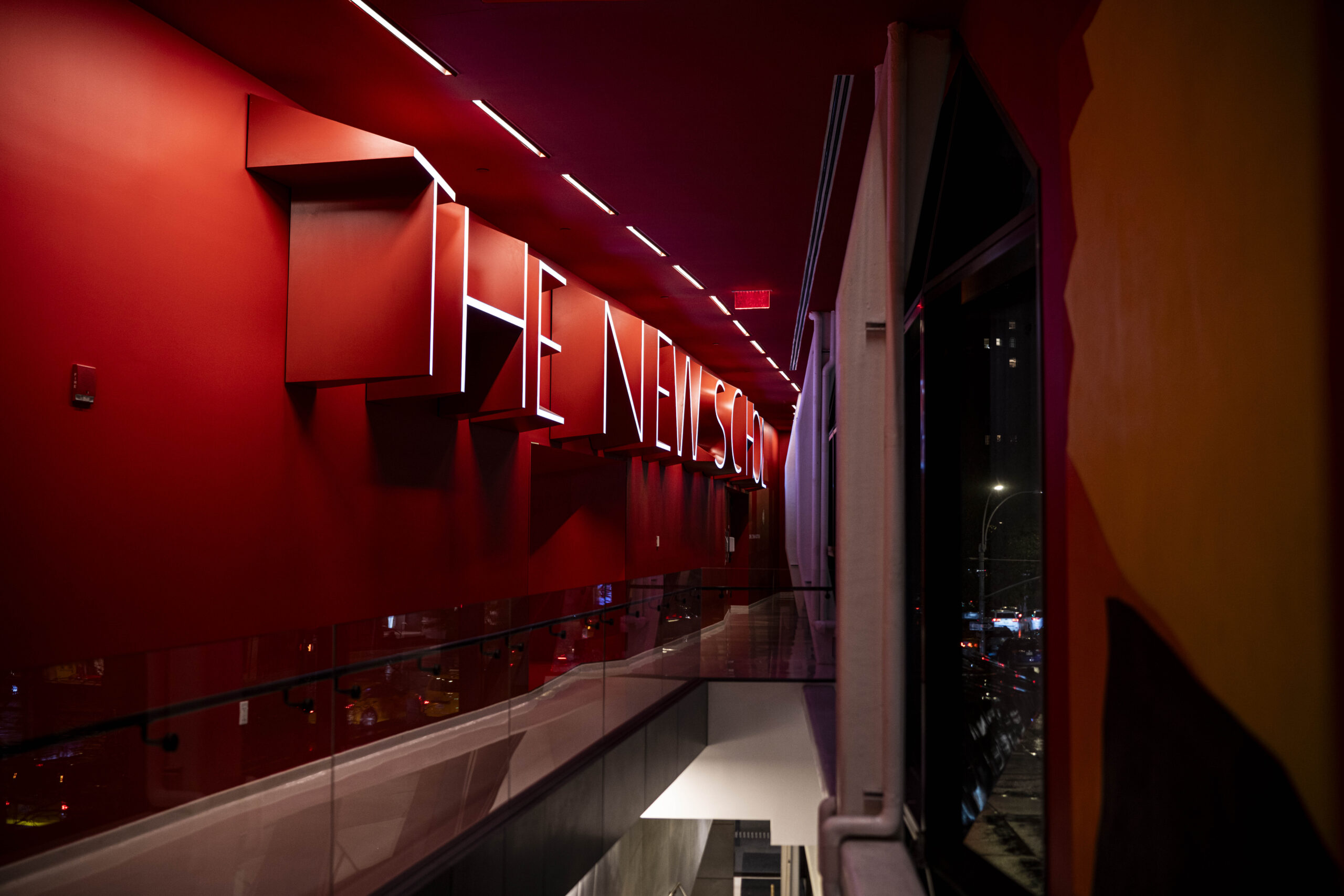
Leave a Reply